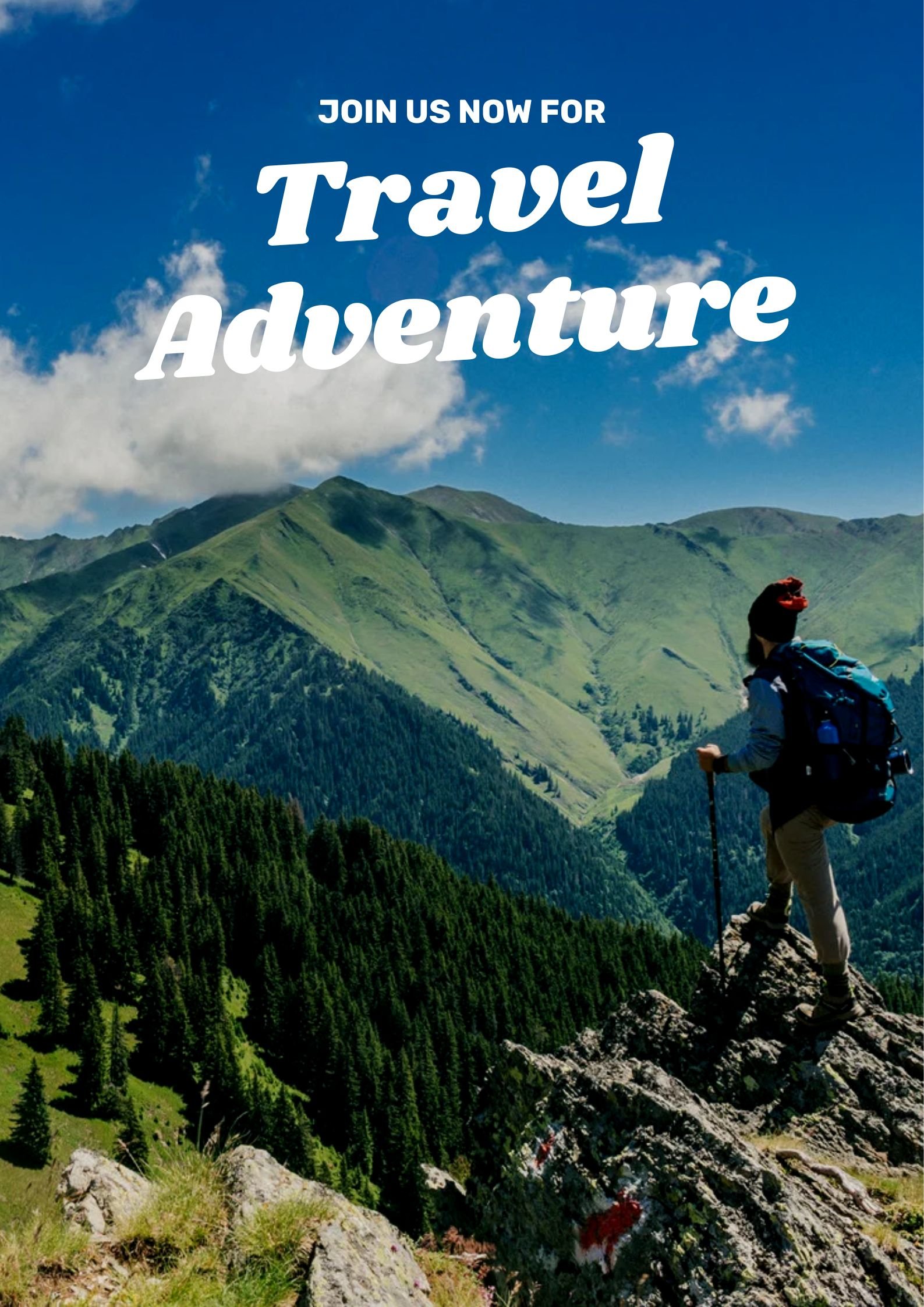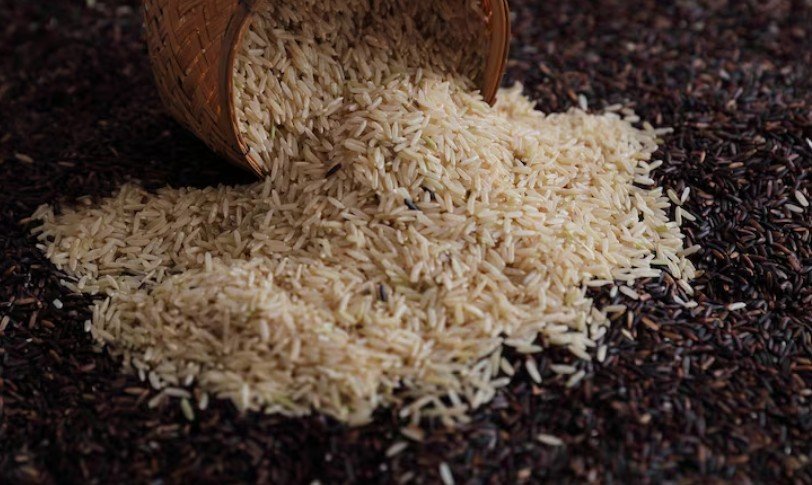Introduction to Trekking in Uttarakhand
Trekking in Uttarakhand is more than just a mountain adventure—it’s a cultural and spiritual journey through the lap of the Himalayas. Known for its serene valleys, glacial rivers, alpine meadows, and ancient pilgrimage routes, Uttarakhand attracts trekkers of all levels throughout the year. From easy trails for beginners to challenging expeditions for seasoned hikers, this Himalayan state offers a wide range of options.
Nestled between Nepal and Himachal Pradesh, Uttarakhand is divided into the Kumaon and Garhwal regions, both home to iconic treks, snow-covered peaks, dense forests, and remote villages that give you a glimpse of mountain life. Whether you’re looking for solitude in nature, adventure with friends, or spiritual reconnection, trekking in Uttarakhand caters to all.
Why Choose Uttarakhand for Trekking?
Trekking in Uttarakhand offers a perfect blend of natural beauty, challenging terrain, and cultural richness. It stands out for several reasons:
- Diverse Landscapes: From lush pine forests to barren snow deserts.
- Spiritual Significance: Many treks lead to holy sites like Kedarnath and Hemkund Sahib.
- Accessibility: Well-connected by road, rail, and air, major treks start from cities like Dehradun, Rishikesh, and Kathgodam.
- Local Hospitality: The humble and warm-hearted locals add value to your journey.
The trails are not just scenic but are often part of centuries-old pilgrimage routes that hold historical and spiritual meaning.
Best Time for Trekking in Uttarakhand
The best time for trekking in Uttarakhand depends on the region and altitude. However, in general:
- Summer (April to June): Ideal for high-altitude treks. Weather remains clear and trails are accessible.
- Post-Monsoon (September to November): Clear skies, vibrant landscapes, and cool weather make this period a favorite for trekkers.
- Winter (December to March): Snow treks like Kedarkantha and Dayara Bugyal open up. These are great for snow lovers but require proper preparation.
Monsoon months (July and August) are generally avoided due to landslides and slippery terrain.
Popular Treks in Uttarakhand
Here are some of the most loved trekking routes for all levels of trekkers.
Kedarkantha Trek
One of the most popular winter treks in India, the Kedarkantha trek starts from Sankri village in the Garhwal region. It offers expansive views of Himalayan peaks like Swargarohini, Bandarpoonch, and Black Peak.
- Duration: 5–6 days
- Best Season: December to April
- Difficulty: Easy to Moderate
This trek is ideal for first-timers and offers snow-covered landscapes, forest trails, and panoramic sunrise views from the summit.
Valley of Flowers Trek
This UNESCO World Heritage Site is famous for its rich biodiversity. During monsoon, the valley comes alive with more than 500 species of alpine flowers.
- Duration: 6–7 days
- Best Season: July to September
- Difficulty: Moderate
The trek also includes a visit to Hemkund Sahib, a sacred Sikh pilgrimage site.
Roopkund Trek
Known for the mystery lake filled with human skeletons, Roopkund is one of the most thrilling treks in Uttarakhand.
- Duration: 8–9 days
- Best Season: May to June, September to October
- Difficulty: Moderate to Difficult
The trail offers dense oak forests, alpine meadows (Ali and Bedni Bugyal), and ultimately leads to a glacial lake at 15,700 ft.
Har Ki Dun Trek
Ideal for those who love lush valleys and river walks, this trek takes you through ancient villages and pine-covered trails.
- Duration: 7–8 days
- Best Season: April to June, September to November
- Difficulty: Moderate
Har Ki Dun valley is shaped like a cradle and is surrounded by snow-capped peaks.
Dayara Bugyal Trek
Perfect for beginners, Dayara Bugyal is one of the most picturesque alpine meadows in India.
- Duration: 4–5 days
- Best Season: April to June, September to December
- Difficulty: Easy
This trek is known for its gentle trails and breathtaking views of Bandarpoonch peak.
High-Altitude Treks for Experienced Trekkers
For seasoned adventurers, trekking in Uttarakhand offers some high-altitude challenges.
Nanda Devi Base Camp
This trek takes you close to India’s second-highest peak, Nanda Devi. It’s remote, less frequented, and passes through the Nanda Devi National Park.
- Duration: 10–12 days
- Best Season: May to October
- Difficulty: Difficult
Permits are required, and this trek is not for beginners.
Panchachuli Base Camp Trek
Located in the Kumaon region, this trek offers views of the five majestic Panchachuli peaks.
- Duration: 8–9 days
- Best Season: May to June, September to October
- Difficulty: Moderate to Difficult
The route includes scenic trails, glaciers, and remote villages like Dar and Duktu.
Essentials for Trekking in Uttarakhand
Preparation is crucial when planning for trekking in Uttarakhand. Here’s what to keep in mind:
Permits and Permissions
- Some regions require forest permits.
- If you’re trekking near the India-Nepal or Indo-Tibetan border, special permissions are needed.
- Always register with local forest departments or trek operators.
Packing List
- Clothing: Layered thermals, waterproof jackets, trekking pants.
- Footwear: High-ankle trekking boots with grip.
- Essentials: Torch, water bottle, sunscreen, sunglasses, cap.
- Safety: First aid kit, basic medicines, altitude sickness tablets.
Fitness
Even for easy treks, a basic fitness level is essential. Cardio, light strength training, and walking with a backpack help prepare for the journey.
Responsible Trekking in Uttarakhand
Sustainability is key to preserving the natural beauty of the Himalayas. When trekking in Uttarakhand:
- Do not litter: Carry back your trash and avoid single-use plastics.
- Respect local culture: Dress modestly, ask before taking photos, and support local businesses.
- Stick to trails: Avoid venturing off marked routes to protect flora and fauna.
- Avoid campfires: In forest areas, they can lead to wildfires.
Supporting eco-tourism ensures that these treks remain pristine for future generations.
Accommodation and Food on Treks
Depending on the trek route, accommodation varies:
- Tea houses: Found in popular regions like Har Ki Dun and Valley of Flowers.
- Homestays: Available in villages en route.
- Tents: On remote treks, tents are pitched in alpine meadows or designated campsites.
Food is generally simple—rice, dal, vegetables, and local dishes. Carrying dry snacks and energy bars is advised.
Guided Treks vs. DIY Treks
You can opt for either self-guided trekking or go with an organized group.
Guided Treks
- Better for first-timers.
- Includes permits, food, gear, and local support.
- Provides safety and better trail navigation.
DIY Treks
- Suitable for experienced trekkers.
- Offers flexibility and independence.
- Requires detailed planning and knowledge of the terrain.
Choosing the right option depends on your fitness, experience, and budget.
Trekking in Kumaon vs. Garhwal Region
Both regions offer unique experiences:
- Kumaon Treks: Lesser-known, more serene, culturally rich.
- Example: Pindari Glacier, Kafni Glacier, Panchachuli Base.
- Garhwal Treks: Popular and well-developed with better infrastructure.
- Example: Roopkund, Kedarkantha, Har Ki Dun.
For offbeat experiences, Kumaon is a good choice. For classic Himalayan scenery and established trails, Garhwal leads the way.
How to Reach Uttarakhand for Trekking
Most treks begin from base towns that are well-connected:
- By Air: Jolly Grant Airport (Dehradun) is the main airport.
- By Train: Dehradun, Haridwar, and Kathgodam are major railway stations.
- By Road: Buses and taxis are available from Delhi to all base towns.
It’s advisable to reach a day early and acclimatize before the trek begins.
Final Thoughts on Trekking in Uttarakhand
Trekking in Uttarakhand offers a rare blend of scenic beauty, high-altitude adventure, and cultural depth. Whether you’re walking through flowering meadows, crossing snowy ridges, or camping under the stars, each trek leaves behind a lasting memory. The Himalayas are not just mountains—they are storytellers, healers, and teachers.
If you’re looking for meaningful mountain journeys, start with trekking in Uttarakhand. Just remember to respect nature, walk with humility, and let the mountains work their quiet magic on you.












Leave a Reply